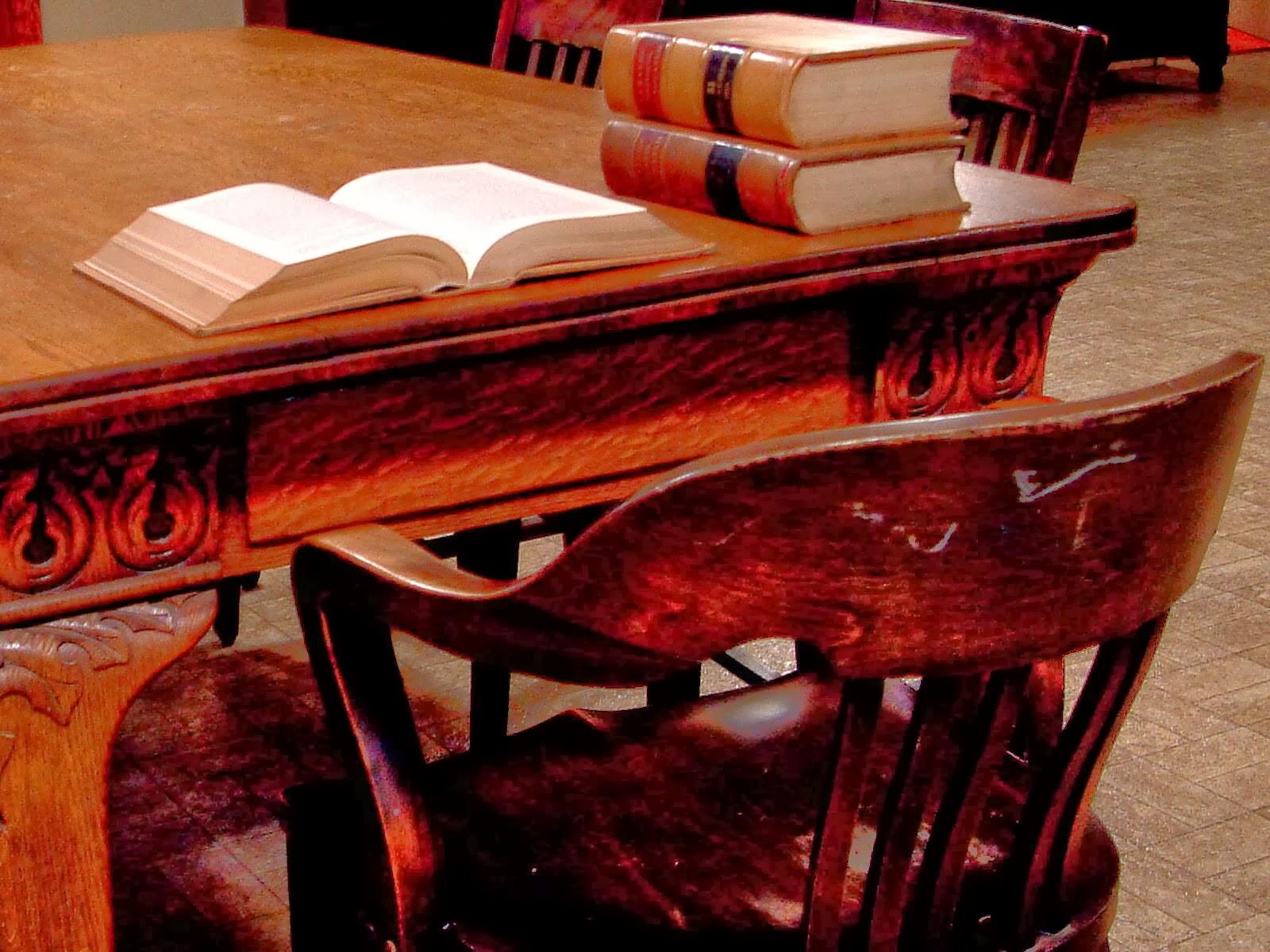Cultural property accrediting and membership organizations are likely consulting with their lawyers in the wake of recent litigation involving two separate court actions.
The AAM advocates on behalf of thousands of museums across the country. It accredits hundreds of cultural institutions. The AAMD, meanwhile, is a leading cultural organization whose mission is to support art museum directors accepted for membership.
The Meyer lawsuit claims that AAM and AAMD share legal liability for the University of Oklahoma’s purportedly wrongful acceptance of a Camille Pissarro painting entitled “La bergère rentrant des moutons.” The artwork is alleged to have been taken by the Nazis during World War II, imported into the U.S. in 1956, and then bequeathed to the University of Oklahoma in 2000. “La Bergère” remains on permanent display at the Fred Jones, Jr. Museum of Art on the University of Oklahoma campus.
Meanwhile, in another case, a federal district judge in Virginia on January 17 ruled against a nonprofit college organization that revoked a school’s accreditation. The defendants in the case of Professional Massage Training Center, Inc. v. Accreditation Alliance of Career Schools and Colleges (AACSC) immediately appealed the unusual decision to the Fourth Circuit. The
AACSC court articulated the general rule that “great deference” is to be afforded an accrediting institution’s decision. Nevertheless, the federal district judge ordered AACSC to pay damages after determining that the organization acted in an “arbitrary and unreasonable” fashion when revoking the accreditation of the Professional Massage Training Center. Damages of roughly $429,000 were ordered.
Meyer and AACSC both raise issues of what liability accrediting organizations may potentially face.
In the “La Bergère” case, Plaintiff Léone Meyer now argues in an amended complaint that the AAM and AAMD broke their accrediting and membership agreements with the The Fred Jones Museum, causing the plaintiff to suffer harm. Meyer’s attorney characterizes the plaintiff as an intended beneficiary of both the accrediting and membership “contracts,” arguing that she was denied their expected benefits because AAM and AAMD did nothing after The Fred Jones Museum failed to follow the organizations’ provenance investigation guidelines when the museum performed background checks on “La Bergère.” The amended complaint declares:
AAM failed to hold Fred Jones Museum to the high standards required in order to become accredited when AAM either issued or renewed Fred Jones Museum’s accreditation without any regards to its adherence to the Unlawful Appropriation Standards.
….
[Moreover, the] “AAMD failed to monitor Fred Jones Museum’s lack of compliance with the guidelines in the 1998 Report [of the AAMD Task Force on the Spoliation of Art during the Nazi/World War II Era (1933-1945)], and did not follow its Code of Ethics’ procedure pertaining to violations of its code when Fred Jones Museum utterly failed to comply with the guidelines in the 1998 Report.”
These contract claims undoubtedly will be challenged by lawyers for AAM and AAMD.
Among the questions posed at the outset might be whether the defendants’ published guidelines actually mandate obligations on museums. The difference, of course, between what a museum must do versus what it should do is the difference between a potentially enforceable obligation and a hopeful suggestion. In the Meyers case, plaintiff’s counsel writes that the defendants are “bound,” a term that implies some duty. But the amended complaint simply articulates that museums are bound by “guidelines,” which are usually understood as aspirational calls to action rather than mandatory obligations.
Another question posed might be whether the contracting parties actually intended to have a third party benefit substantially from the accreditation and membership contracts. Generally speaking, a third party beneficiary may enforce a contract even though he or she is not a direct party so long as the third party is an intended beneficiary rather than an incidental beneficiary.
Was Plaintiff Léone Meyer an intended beneficiary of AAM’s membership contract or AAMD’s accreditation contract—assuming they were even contracts? Courts across the country typically look to the language contained in a contract as well as to the circumstances that formed the contract in order to determine if there was an intention to directly benefit a third party.
So while issues of liability are raised by the new lawsuit against AAM and AAMD for allegedly failing to act against one of its members, the Accreditation Alliance of Career Schools and Colleges (AACSC) has been sanctioned for the opposite, namely revoking the accreditation of one of its members.
Given the two lawsuits, accrediting and membership organizations in the cultural property realm must be wondering exactly what their legal responsibilities and risks are.
Photo credit: Peter Skadberg
This post is researched, written, and published on the blog Cultural Heritage Lawyer Rick St. Hilaire at culturalheritagelawyer.blogspot.com. Text copyrighted 2010-2014 by Ricardo A. St. Hilaire, Attorney & Counselor at Law, PLLC. Any unauthorized reproduction or retransmission of this post is prohibited. CONTACT INFORMATION: www.culturalheritagelawyer.com
©2010-2022 Cultural Heritage Lawyer Rick St. Hilaire. Content discussing cultural heritage law, art law, looted antiquities, stolen artifacts, and museum risk management that is general information only, not legal advice.


